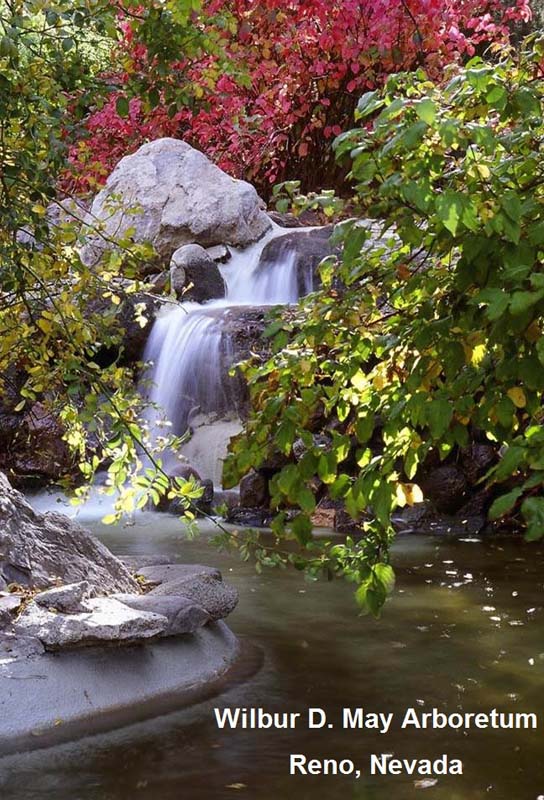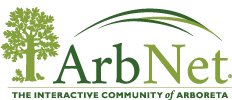
Level II-accredited arboreta have met the following enhanced levels of arboretum standards:
- Satisfy all criteria for Level I accreditation.
- Larger arboretum collection with a minimum number of 100 species, varieties or cultivars of trees or woody plants.
- Arboretum collections policy that describes the development and professional management of the plants in the arboretum collection, in accordance with standards developed in the public garden and museum fields with consideration given to the Saint Louis Declaration regarding invasive species. Such a policy and related practices includes a rationale for holding the particular collections of the arboretum, and collections inventory and record-keeping practices. See checklist below
Collections Activities Checklist
Please check all activities that your arboretum participates in
Collections policy (covers records management, accessioning, deaccessioning, etc.)
Regular collections evaluation
Conducting or participating in woody plant evaluation trials
Collections manager or curator
Herbarium
Seed bank
Plant exploration program
Collections conservation (holding and safeguarding plants of collections or conservation value on behalf of the collective interests of the profession - ex: rare and endangered plants, legacy cultivars, etc.)
Woody plant nursery
Woody plant breeding program
Accredited or officially recognized collection(s) (describe below in part g.)
Collections strategic plan (develops and plans for the themes and direction of your collections - could be a standalone plan or part of your greater organization-wide strategic plan or expanded collections policy)
- One or more arboretum employees who have job responsibilities that specifically include management or operation of the arboretum.
- Enhanced educational and public programming beyond the base level required in Level I accreditation. Programs must be related to trees (e.g. tree identification, ecology, conservation, collections, or some other tree-focused aspect of the arboretum mission or master plan. See checklist below
Education & Community Engagement Tree Activities Checklist
Please check all activities that your arboretum participates in:
Open public access and events
Annual tree events (Arbor Day, International Forestry Day/week)
Self-guided walking tours
Giving engagement and outreach presentations for other organizations and groups
Hosting conferences or similar events
Exhibitions and/or interpretive signage
Recurring public programming
Guided walking/ tram tours
Docent training & opportunities
Conference (or similar venue) presentations
Course/class/workshop offerings
Hosting webinars/ seminars
Community/citizen science programs
Children’s Garden
School programs
Extensive / enhanced educational programming
Articulated engagement philosophy or interpretive plan with intended outcomes and assessment plan
Plant selection, care, and/or pest/disease consultation & support
Educational and outreach publications
Digital content - podcasts, online courses, social media outreach, etc
Ethnobotanical engagement (indigenous knowledge content & co-creation with community partners)
Accredited educational or training programs
Internship opportunities
Summer/ seasonal camps
Urban & community forestry
Urban and community agricultural and food forest programs and projects
Environmental justice and tree equity programs and projects
Urban and community greening efforts
Supporting the creation of new accredited arboreta
View List of Level II Accredited Arboreta
Level II sample application download

